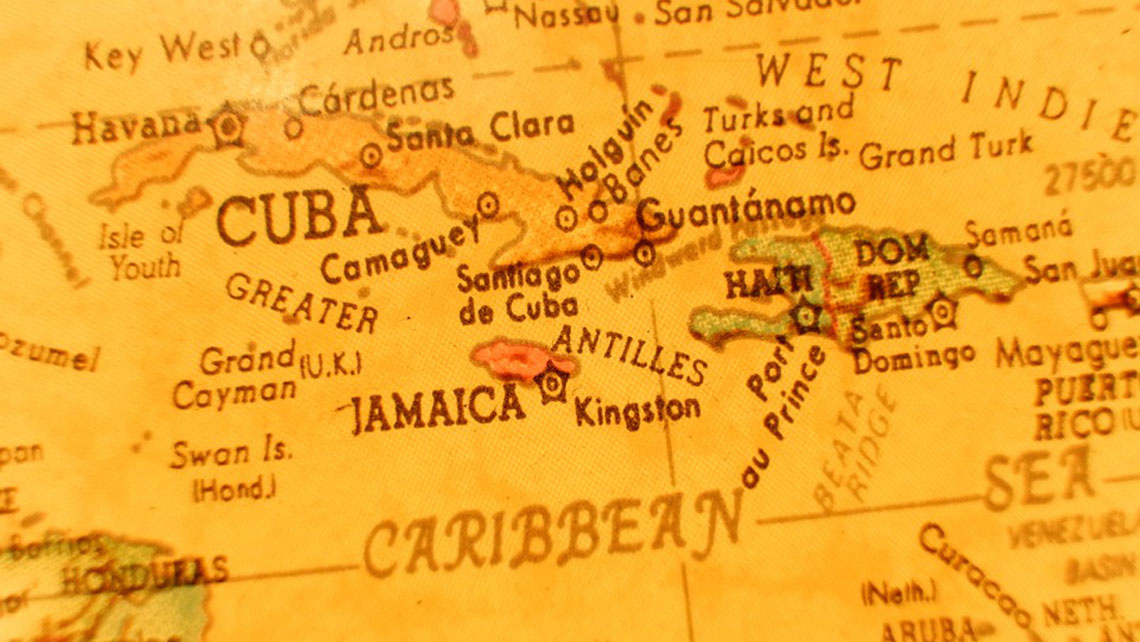Hello ladies and gents this is the Viking telling you that today we are talking about
Five fun facts about Cuba
Cuba is a fascinating country. From its history to its nature, it has always been a place of intrigue and beauty. Visitors to the island inevitably leave with stories to tell and happy memories to share. Whilst there are thousands of fun facts one could list about Cuba, here are five to whet your appetite to learn more about this unique part of the world.
The main island of Cuba is the largest island in the Caribbean
The main island of Cuba is just over 40 thousand square miles, making it approximately half the size of Great Britain. It ranks as the 17th largest island in the world. Aside from Cuba’s main island, there are a further 400 islands, islets and keys that are part of Cuban territory. Some of these have become popular resort destinations due to their pristine beaches, such as Cayo Coco, Cayo Largo and Cayo Santa Maria.
Cuba’s coastline stretches over 3500 miles
Cuba’s long coastline means that it is home to around 200 bays and 250 beaches. Having a long thin shape, it means that wherever you are in the country you are never far from the sea. With such a large amount of coastline combined with a warm Caribbean climate, it is small wonder why Cuba became a popular holiday destination. Many of the beaches are consistently ranked as being among the global best. Varadero’s beach, for example, finished 2nd in the world for Trip Advisor’s "Traveller’s Choice 2019" awards.
The most popular sport in Cuba is baseball
The origins of baseball in Cuba are thought to date back to the 1860s. Its rise on the island is debated by historians: it has been partly put down to American sailors that docked on the island, and partly due to Cuban students returning home after studying at colleges and universities in the USA. In 1869 the then Spanish rulers of Cuba banned the sport on the island, which paradoxically is thought to have given it a boost as it became symbolic of the struggle for freedom and independence from Spain.
The ban did not last long, and by 1874 the first official games were being played. By the early 1900s it had become the most popular sport in Cuba, something that has remained to this day (though if dominoes were to be categorised as a sport, then it would be a close call). You can watch Cuban baseball being played formally in stadiums or informally in parks and side streets. Games are also regularly broadcast on Cuban television.
Cuba’s three biggest exports are tobacco, sugar and nickel
The principal tobacco product is the Cuban cigar, famous worldwide as the gold standard of cigars, and consequently a vital export. Sugar is exported in its raw form and also in the form of various rums that are made on the island. As for nickel, it is thought that Cuba still has reserves of over five million metric tons. This places the country fifth in the world, after Indonesia, Australia, Brazil and Russia. The majority of the nickel ends up being used abroad to make stainless steel and other alloys.
Cuba has nine UNESCO World Heritage sites
Two of Cuba’s UNESCO World Heritage sites were chosen for their natural importance. One is Alejandro de Humboldt National Park, located on the east of the island and notable for its endemic flora and fauna and its complex lithology. The other is Desembarco del Granma National Park, also on the east of the island and notable for its sea cliffs and limestone marine terraces.
Seven of the UNESCO World Heritage sites were chosen for their cultural importance. Old Havana (Habana Vieja) was the first Cuban site to be designated with UNESCO status, notable for its old architecture and intact fortifications. In the west of Cuba is Viñales Valley, notable for its traditional farming methods. In central Cuba the towns of Cienfuegos, Camagüey and Trinidad all have UNESCO status for their historic town centres.
The latter received its status in combination with the neighbouring Valley of the Sugar Mills (Valle de los Ingenios), three connected valleys that have various intact buildings of historic importance, including several "barracones" where slaves used to be housed. In eastern Cuba is the Castillo de San Pedro de la Roca, a 17th century fortress in the city of Santiago. Finally, there is the "Archaeological Landscape of the First Coffee Plantations in the South-East of Cuba"". The title is rather self-explanatory, there are some intact remnants of 19th and early 20th century coffee cultivation techniques.
And as always have a chilled day from the Viking

Comments
Post a Comment